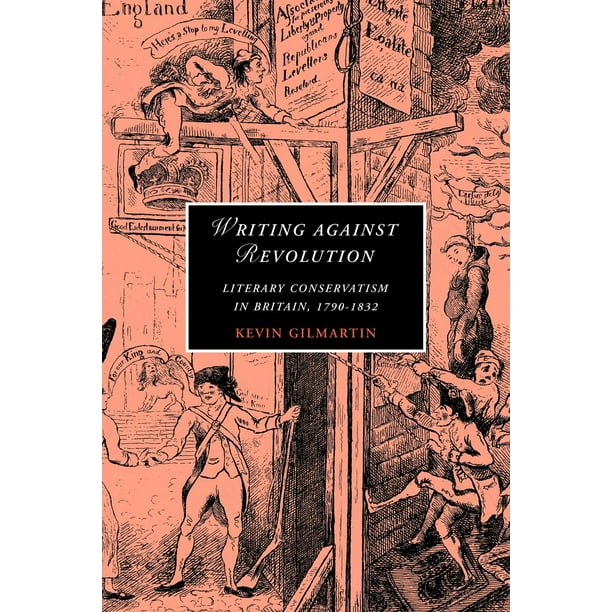Are you desperately looking for 'romantic literary criticism further reading essay'? You can find all the material on this web page.
Table of contents
- Romantic literary criticism further reading essay in 2021
- The romantic age (1798 to 1824)
- Literary critique essay
- Romanticism literary analysis
- Literary criticism books
- Literary criticism essay thesis
- Criticism essay example
- Characteristics of romantic criticism
Romantic literary criticism further reading essay in 2021
 This image demonstrates romantic literary criticism further reading essay.
This image demonstrates romantic literary criticism further reading essay.
The romantic age (1798 to 1824)
 This picture shows The romantic age (1798 to 1824).
This picture shows The romantic age (1798 to 1824).
Literary critique essay
 This image representes Literary critique essay.
This image representes Literary critique essay.
Romanticism literary analysis
 This image demonstrates Romanticism literary analysis.
This image demonstrates Romanticism literary analysis.
Literary criticism books
 This picture demonstrates Literary criticism books.
This picture demonstrates Literary criticism books.
Literary criticism essay thesis
 This picture demonstrates Literary criticism essay thesis.
This picture demonstrates Literary criticism essay thesis.
Criticism essay example
 This picture illustrates Criticism essay example.
This picture illustrates Criticism essay example.
Characteristics of romantic criticism
 This image representes Characteristics of romantic criticism.
This image representes Characteristics of romantic criticism.
What kind of criticism does a critic do?
Their criticism is, with some exceptions, interpretative or appreciative. They get into the mind of the writer whose work they are examining and thus grasp psychologically the nature of his creative activity which gets ultimately crystallised into his work.
How did Wordsworth contribute to the Romantic movement?
Wordsworth and Coleridge pioneered the Romantic Movement in England with their joint work Lyrical Ballads (1798) which has justly been called the Magna Carta of Romanticism. Wordsworth thought it appropriate to append to the first edition of the work an “Advertisement” embodying his radical views regarding the nature and function of poetry.
When was the peak of the Romantic era?
Romanticism (also the Romantic era or the Romantic period) was an artistic, literary, and intellectual movement that originated in Europe toward the end of the 18th century and in most areas was at its peak in the approximate period from 1800 to 1850.
Who was the literary critic of the Romantic era?
English literary criticism of the Romantic era is most closely associated with the writings of William Wordsworth in his Preface to Lyrical Ballads (1800) and Samuel Taylor Coleridge in his Biographia Literaria (1817).
Last Update: Oct 2021